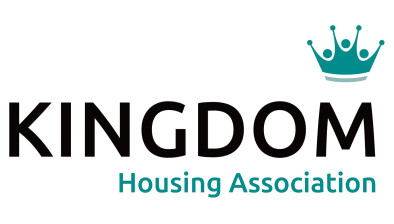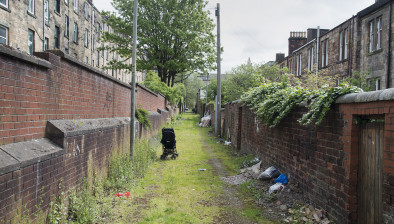Report outlines way to use land value increases to deliver new homes
 Effective approaches for Scotland to use publicly created increases in land value to help finance the infrastructure needed to deliver new housing and other development have been highlighted in a report published today.
Effective approaches for Scotland to use publicly created increases in land value to help finance the infrastructure needed to deliver new housing and other development have been highlighted in a report published today.
Written for the Scottish Land Commission by a team from Heriot-Watt University, the report reviewed the UK’s historic experience of land value capture and identifies what lessons current policy makers could take from this experience.
The report concludes that previous attempts at introducing land value capture have failed largely due to the absence of political consensus. Connected to this, schemes need to be well resourced and seen to be fair, to command public consent.
However, with politicians of all persuasions now talking about the issue, it may now be possible to shape an approach that works.
The value of land is heavily dependent on the use to which it can be put and the amenities and infrastructure in the surrounding area.
The value of well-connected land, with planning permission, located close to public amenities is typically much higher than land without such advantages and typically arises because of the public sector granting planning permission or investing in infrastructure.
Talking about the report, Hamish Trench, Land Commission chief executive, said that ever since development rights were nationalised in 1947, a debate about how to capture for public benefit, the uplift in land value associated with planning permission and public investment in infrastructure, has waxed and waned.
He said: “The shortage of affordable housing currently afflicting many parts of the UK means that this debate is well and truly back in the ascendant - but in looking for solutions, it is important that we learn from the past.
“Our purpose in looking at land value capture is to help deliver well-planned sustainable communities in places people want to live and at prices they can afford to pay – something everyone can get behind. Really this is about reinvesting some of the land value in unlocking development. A solution may well involve a range of approaches suited to the different market conditions and geographies across Scotland. In many parts of Scotland – and elsewhere in the UK - market demand for housing is relatively low so there is not a large value to capture.”
The ability of public authorities to acquire land at or near existing use value has underpinned some of the more successful attempts at capturing land value both in the UK (New Towns) and elsewhere in Europe.
“Changes to the rules of compulsory purchase and compensation could be part of the answer to capturing publicly created uplifts in land value” explained Mr Trench “but our work so far suggests that effective solutions will need to look beyond this. Changes will need to be designed to support the delivery of wider place-making objectives and be combined with a more proactive role for public authorities.”
The Commission’s next steps will be to work with partners in the sector to explore different models of using publicly created uplifts in land value to finance investment in enabling infrastructure and to investigate further the questions of market and existing use value.
Today’s report is one in a series of pieces of research on land for housing and development, a priority area of work for the Scottish Land Commission.









